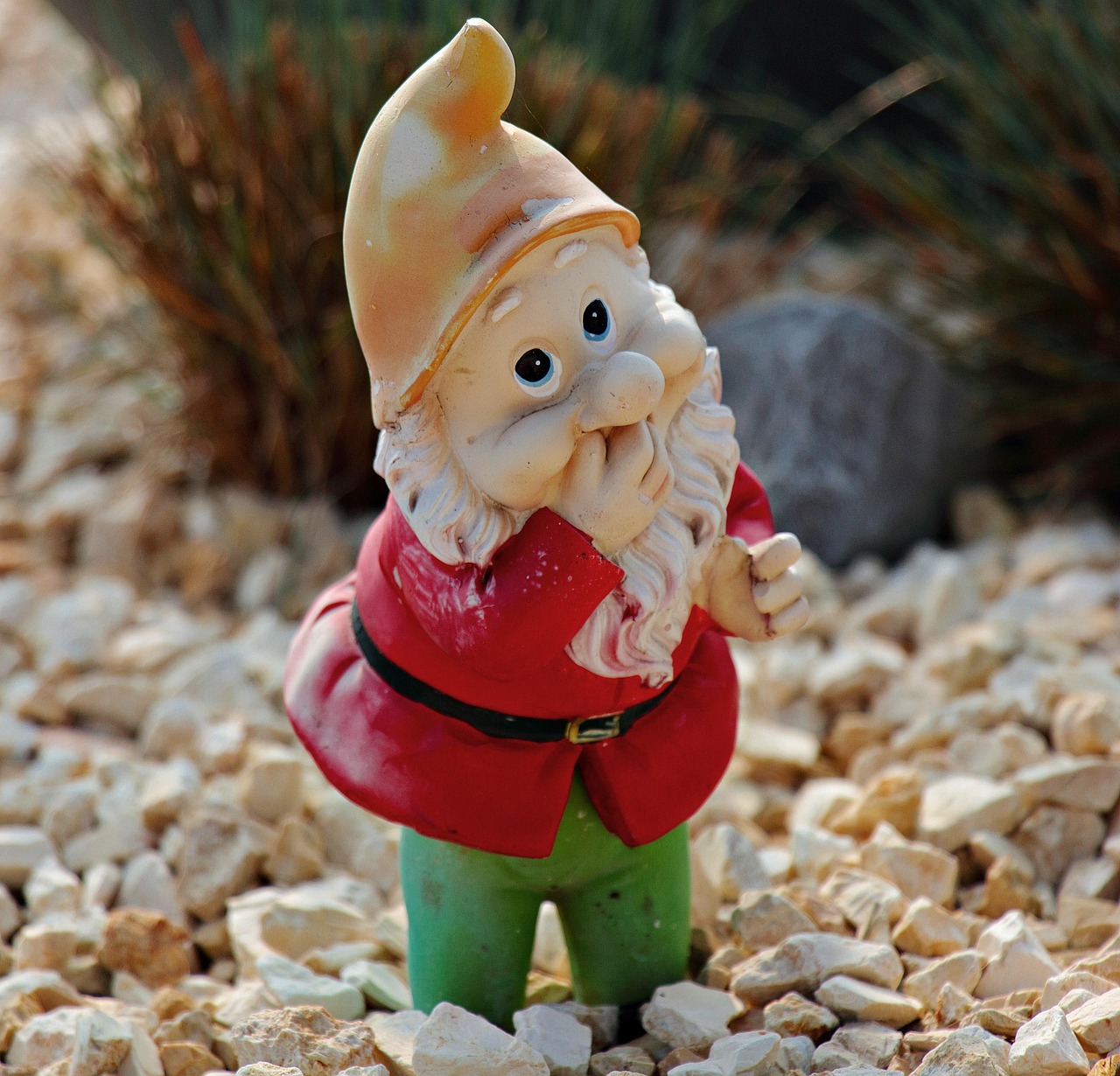Small or dwarf weeping trees are enchanting additions to gardens and landscapes, providing a graceful charm that can transform tight spaces into serene retreats. Their unique shapes and delicate foliage make them perfect for patios, small yards, or even as striking focal points in larger gardens. With many varieties available, these trees offer a diverse range of aesthetics and benefits that appeal to gardeners of all skill levels.
Weeping trees are characterized by their drooping branches, which create a cascading effect that mimics the gentle sway of water. This natural beauty can bring a sense of tranquility to any environment. Dwarf varieties, in particular, are ideal for urban gardening or for those who may have limited space but still desire the elegance of a tree.

Beyond their visual appeal, small weeping trees often require less maintenance than their larger counterparts. They are typically more manageable in size, making them easier to prune and shape. Additionally, their root systems are usually less invasive, reducing the risk of damage to surrounding structures or plants.
Popular Varieties of Small Weeping Trees
Many species of small weeping trees can enhance your garden. Here are some popular choices:
- Weeping Cherry (Prunus subhirtella ‘Pendula’): Known for its stunning pink blossoms in spring, this tree adds vibrant color to any landscape.
- Japanese Maple (Acer palmatum ‘Dissectum’): This tree features delicate leaves and striking fall colors, making it a favorite among gardeners.
- Weeping Willow (Salix babylonica): Recognized for its long, flowing branches, the weeping willow creates a dramatic effect near water features.
- Gold Burst Weeping Pine (Pinus strobus ‘Gold Burst’): A unique conifer with golden-yellow needles that maintain their color year-round.
Each of these trees brings its own charm and aesthetic appeal. Understanding their individual characteristics can help you choose the right weeping tree for your space.
Benefits of Small Weeping Trees
Integrating small weeping trees into your landscape offers numerous benefits. Here are some key advantages:
- Space Efficiency: Their compact size makes them suitable for small gardens, patios, or even balcony settings.
- Aesthetic Appeal: The unique shapes and colors of weeping trees add visual interest throughout the seasons.
- Low Maintenance: Many dwarf varieties require minimal care compared to larger trees.
- Wildlife Friendly: These trees provide habitat and food sources for various birds and beneficial insects.
Choosing a small weeping tree not only enhances the beauty of your garden but also contributes to the local ecosystem. Their branches can provide shelter for birds, while flowers attract pollinators like bees and butterflies.
Growing Conditions

To thrive, small weeping trees typically require specific growing conditions. It is essential to consider factors such as sunlight, soil type, and watering needs. Most weeping trees prefer:
| Condition | Requirement |
|---|---|
| Sunlight | Full sun to partial shade |
| Soil Type | Well-drained, loamy soil |
| Watering | Regular watering, especially during dry spells |
Understanding these requirements will help ensure that your small weeping tree flourishes in its environment. Proper care will lead to healthy growth and vibrant foliage.
As you plan your garden or landscape design, consider the enchanting presence of small or dwarf weeping trees. Their graceful charm can elevate any space, creating a tranquil atmosphere that enhances your outdoor experience.
Caring for Small Weeping Trees

Proper care is essential for the health and longevity of small weeping trees. Understanding their specific needs will help ensure that they thrive in your garden. This section will cover essential aspects of tree care, including pruning, fertilizing, and pest management.
Pruning Techniques
Pruning is crucial for maintaining the shape and health of weeping trees. It helps promote healthy growth and can enhance the aesthetic appeal of the tree. Here are some key pruning techniques:
- Timing: The best time to prune weeping trees is during late winter or early spring, before new growth begins.
- Tools: Use clean, sharp pruning shears to make clean cuts. This reduces the risk of infection.
- Thinning: Remove any dead or diseased branches. Thinning out overcrowded branches promotes better air circulation and light penetration.
- Shaping: Focus on maintaining the natural weeping shape. Avoid cutting too much from the top, as this can disrupt the graceful form.
Fertilizing Your Weeping Tree
Fertilization can provide essential nutrients that support growth and flowering. Here are some tips for effectively fertilizing your small weeping tree:
- Type of Fertilizer: Use a balanced, slow-release fertilizer that contains nitrogen, phosphorus, and potassium.
- Application Timing: Fertilize in early spring as new growth begins and again in late summer if necessary.
- Amount: Follow the manufacturer’s instructions for application rates to avoid over-fertilization, which can harm the tree.
Watering Practices
Watering is another critical aspect of tree care. Small weeping trees require consistent moisture to thrive. Here are some guidelines:
- Frequency: Water your tree deeply once or twice a week, depending on weather conditions and soil moisture.
- Soil Check: Always check the soil moisture before watering. The top inch of soil should be dry before you water again.
- Avoid Overwatering: Ensure proper drainage to prevent root rot. Standing water around the roots can lead to serious issues.
Pest and Disease Management
Like all plants, small weeping trees can be susceptible to pests and diseases. Early detection and management are key to keeping your tree healthy. Common pests include:
- Aphids: These small insects can be found on new growth and can weaken your tree. Use insecticidal soap for control.
- Spider Mites: Look for webbing on leaves. They thrive in hot, dry conditions. Increase humidity around the tree to deter them.
- Scale Insects: These pests attach themselves to branches and leaves. Treat with horticultural oil to remove them effectively.
In addition to managing pests, be vigilant for signs of disease, such as leaf spots or wilting. Prompt action can often prevent serious damage.

Seasonal Considerations
Every season brings different challenges and opportunities for small weeping trees. Here are some seasonal considerations:
- Spring: Focus on pruning and fertilizing as new growth begins. Monitor for pests emerging with warmer weather.
- Summer: Ensure adequate watering during hot months. Mulching can help retain soil moisture.
- Fall: Prepare the tree for winter by reducing watering as it enters dormancy. Clean up fallen leaves to prevent diseases.
- Winter: Protect young trees from harsh winter conditions by wrapping trunks or providing windbreaks if necessary.
By adhering to these care guidelines, you will create a thriving environment for your small weeping trees, allowing them to flourish beautifully in your garden space.
Design Ideas for Incorporating Weeping Trees
Small weeping trees are versatile elements in landscape design. Their graceful shapes and unique forms can enhance various garden styles. Here are some creative ideas on how to incorporate these trees into your outdoor space.
Focal Points in the Garden
Weeping trees can serve as stunning focal points in a landscape. Here are some effective ways to utilize them:
- Centerpiece in a Flower Bed: Plant a weeping cherry or Japanese maple at the center of a flower bed. Surround it with colorful perennials to create a vibrant display.
- Highlighting Pathways: Position small weeping trees along pathways or garden paths. Their drooping branches can create a natural archway effect, guiding visitors through the garden.
- Container Planting: Opt for dwarf varieties that can thrive in containers. Place these pots on patios or balconies for a touch of elegance.
Creating a Tranquil Retreat
Small weeping trees can also contribute to a peaceful garden atmosphere. Consider these approaches:
- Water Features: Plant weeping willows near ponds or fountains. Their cascading branches can reflect beautifully in the water, enhancing the serene environment.
- Seating Areas: Place a small weeping tree near a bench or seating area to provide shade and create a cozy nook for relaxation.
- Zen Gardens: Incorporate weeping trees into Japanese-inspired gardens. Their graceful forms harmonize well with rocks, gravel, and water elements.
Companion Plants for Weeping Trees
Choosing the right companion plants is vital for enhancing the beauty of small weeping trees. Here are some ideal pairings:
- Ornamental Grasses: Grasses like Japanese blood grass or blue fescue provide texture and contrast without overwhelming the trees.
- Low-Growing Perennials: Choose perennials such as hostas or ferns that thrive in partial shade, complementing the tree’s delicate branches.
- Flowering Shrubs: Pair with flowering shrubs like hydrangeas or azaleas for bursts of color throughout the seasons.
These companion plants not only enhance visual appeal but also provide different layers of interest in your garden design.
Landscaping Styles That Benefit from Weeping Trees
Small weeping trees fit well within various landscaping styles. Here are some popular styles that can benefit from their unique characteristics:
Contemporary Gardens
In contemporary designs, the sleek lines and minimalist aesthetic can be complemented by the elegant form of weeping trees. Use them to soften hardscapes, such as patios and walkways.
Cottage Gardens
Cottage gardens thrive on an informal style filled with diverse plantings. Weeping trees can add charm and whimsy, creating a natural focal point amidst blooming flowers and climbing vines.
Formal Gardens
The structured nature of formal gardens can be enhanced by strategically placing small weeping trees at corners or along symmetrical pathways. Their unique shapes provide contrast to geometric designs.
Wildlife Gardens
In gardens designed to attract wildlife, small weeping trees can serve as habitats for birds and beneficial insects. Their foliage provides shelter, while flowers attract pollinators.
By thoughtfully incorporating small or dwarf weeping trees into your landscape design, you can create visually stunning environments that resonate with tranquility and beauty. The versatility of these trees allows you to explore various styles and combinations, maximizing their charm in tight spaces.
Maintenance Tips for Longevity
Maintaining small weeping trees is crucial for their longevity and beauty. Here are some additional tips that can help ensure your trees remain healthy and vibrant throughout their lifespan:
- Regular Monitoring: Inspect your trees regularly for any signs of stress, pests, or disease. Early detection can make a significant difference in treatment success.
- Mulching: Applying a layer of mulch around the base of the tree helps retain moisture, suppress weeds, and regulate soil temperature, benefiting overall tree health.
- Proper Spacing: When planting, ensure there is adequate space between trees and other plants. This allows for good air circulation and reduces competition for nutrients.
- Seasonal Cleanup: Remove fallen leaves and debris from around the tree to prevent diseases and pests from taking hold.
By following these maintenance tips, you can create an environment that supports the health and growth of your small weeping trees.
Final Thoughts
Small or dwarf weeping trees offer a unique blend of beauty, versatility, and charm for any garden or landscape. Their graceful forms provide visual interest while fitting seamlessly into tight spaces where larger trees might not thrive. Whether you are enhancing a contemporary garden, creating a tranquil retreat, or attracting wildlife, these trees can serve multiple purposes while elevating your outdoor environment.
As you consider incorporating small weeping trees into your landscape, remember the importance of proper care. Understanding their specific needs—such as sunlight, watering, and soil conditions—will help ensure their success. Additionally, thoughtful design choices can create stunning focal points and harmonious settings that resonate with serenity.
With a variety of species to choose from, including weeping cherries, Japanese maples, and weeping willows, there is a perfect option for every gardener. Embrace the opportunity to experiment with companion plants and diverse landscaping styles to maximize the impact of these enchanting trees.
Ultimately, small weeping trees are more than mere additions to your garden; they are living art pieces that can evoke feelings of peace and beauty. By nurturing them with care and creativity, you can transform even the tightest spots into graceful sanctuaries filled with charm.
